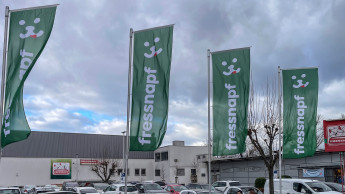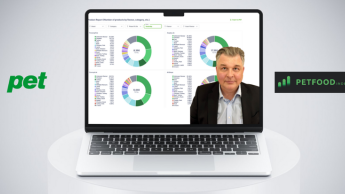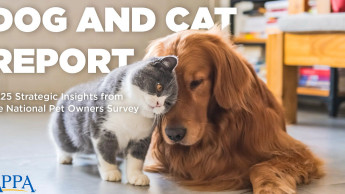

Panelis, part of the Diana Pet Food division, offers some guidance to a better understanding of the multidimensional performance of treats.
The markets for pet treats remain dynamic worldwide. They are quite innovative, with varied and multidimensional products. Giving a treat to a pet is no lon-ger just feed-ing this pet. Owners’ expectations are also high as treat marketers look to ensure the pet’s happiness, a reinforced emotional bond, health benefits and the pet owner’s satisfaction with the product and the experience. Measuring the performance of such products should take these dimensions into account, therefore. More detailed protocols Committed to market-driven innovation and animal feeding behaviour expertise, Panelis, part of the Diana Pet Food division, has enriched its protocols on treats and dietary supplements. The acceptability level remains the essential criterion, since “zero refusal” is a clear target. However, Panelis has implemented a more detailed characterisation of acceptability with distributions of consumption rating refusals and partial consumptions ( 50 per cent, > 50 per cent and > 95 per cent). This is a way to get a fair assessment of performance and counterbalance a poor acceptability level calculated only on total consumptions. We all know the chewing duration is an essential parameter for snacks with a dental care claim. But other specific criteria can provide us with more detailed information about a treat’s performance. Sniffing, latency before prehension, licking, spitting, and the speed of consumption: such parameters are indicators of a product’s attractiveness or repulsive attributes. Video systems in use Panelis also combines accurate testing methods with video systems in order to characterise the spontaneous feeding behaviours of pets. Videos are a great opportunity to observe new behavioural criteria identified as patterns reflecting satisfaction in the owner’s perception. They are also helpful in characterising other product dimensions such as texture, shape and size, which affect performance. Download: Detailed information on a treat’s performance (PDF file)
Related articles
Read also

 Menü
Menü






 6/2013
6/2013












 Newsletter
Newsletter